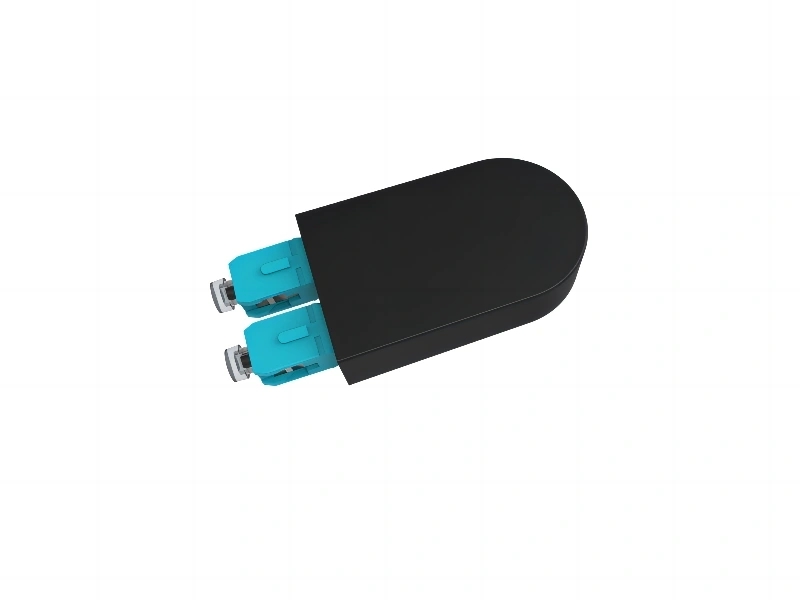Key Elements of Fiber Optic Connectors

A fiber optic connector is a crucial component in fiber optic communication systems. It facilitates the connection and disconnection of fiber optic cables, enabling the efficient transmission of data and signals. Various elements work together within a fiber optic connector to ensure reliable and high-performance connections.
1. Ferrule
The ferrule is a thin cylindrical tube typically made of ceramic or metal. It holds the fiber in place and aligns it precisely with the receiving end. The end face of the fiber is polished to ensure optimal light transmission and reduce loss. Different connectors may have different ferrule designs, such as single-mode or multi-mode.
2. Connector Housing
The connector housing, also known as the connector body or shell, encloses the other components of the connector. It provides mechanical protection and ensures proper alignment and connection of the fibers. The housing is typically made of plastic or metal and may have various shapes and sizes depending on the connector type.
3. Coupling Mechanism
The coupling mechanism allows the connector to be easily connected and disconnected. Common types include latch-style connectors, push-pull connectors, and twist-lock connectors. The coupling mechanism ensures a secure connection to minimize signal loss and maintain optical continuity.
Other Important Elements
4. Cable Strain Relief
A fiber optic connector often includes a cable strain relief feature. This component provides strain relief for the fiber optic cable, preventing excessive bending or pulling on the cable that could damage the delicate fiber inside.
5. Boot
A boot, also known as a connector boot or strain relief boot, covers the connection point between the fiber optic cable and the connector body. It provides additional protection to the fiber and enhances the overall durability of the connector.
6. Dust Cap
A dust cap is used to protect the connector when it is not in use. It prevents dust, dirt, and other contaminants from entering the connector and potentially affecting the signal quality. The dust cap is typically removable for easy access when connecting or disconnecting the connector.
Conclusion
A fiber optic connector is a sophisticated device comprising several crucial elements. The ferrule, connector housing, coupling mechanism, cable strain relief, boot, and dust cap all play vital roles in ensuring a reliable and efficient connection between fiber optic cables. Understanding the key elements of a fiber optic connector is essential for anyone involved in setting up or maintaining fiber optic networks.



